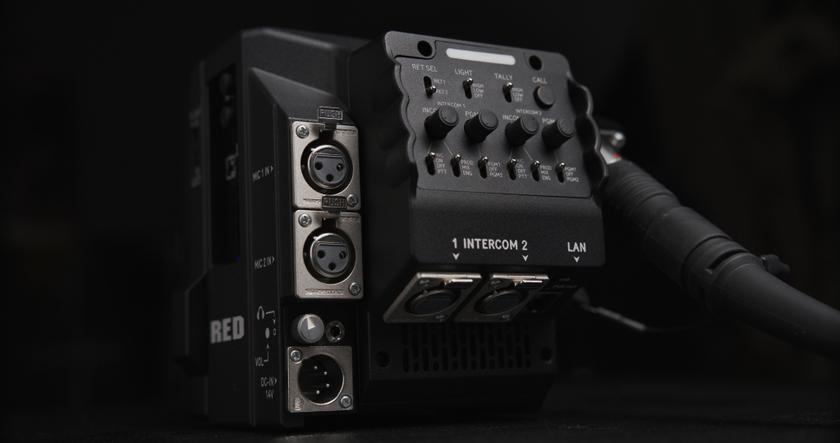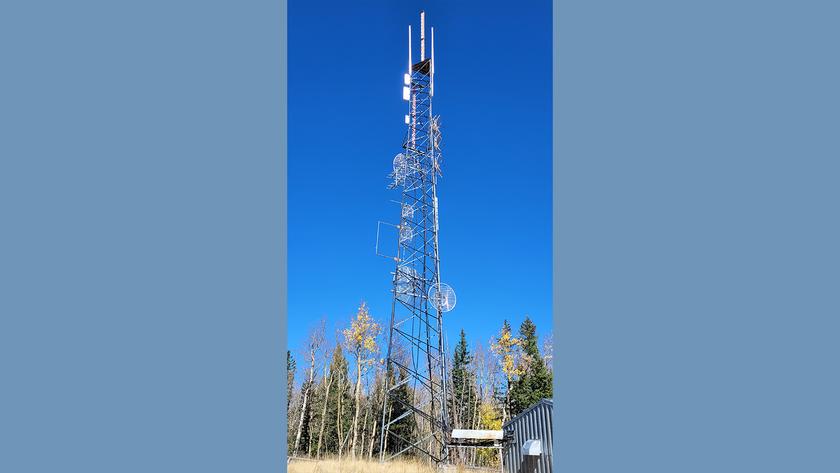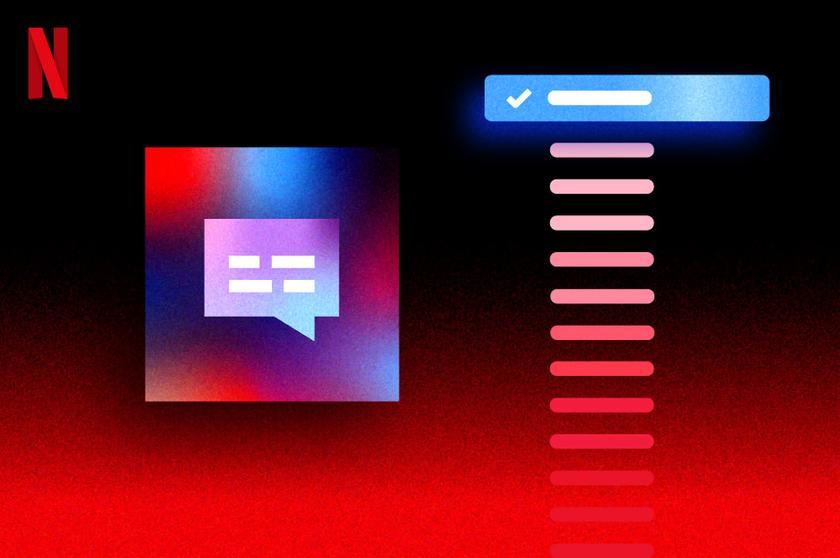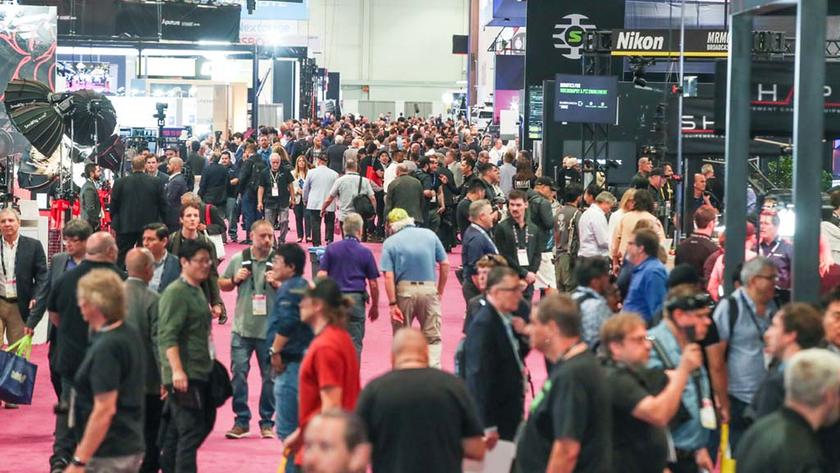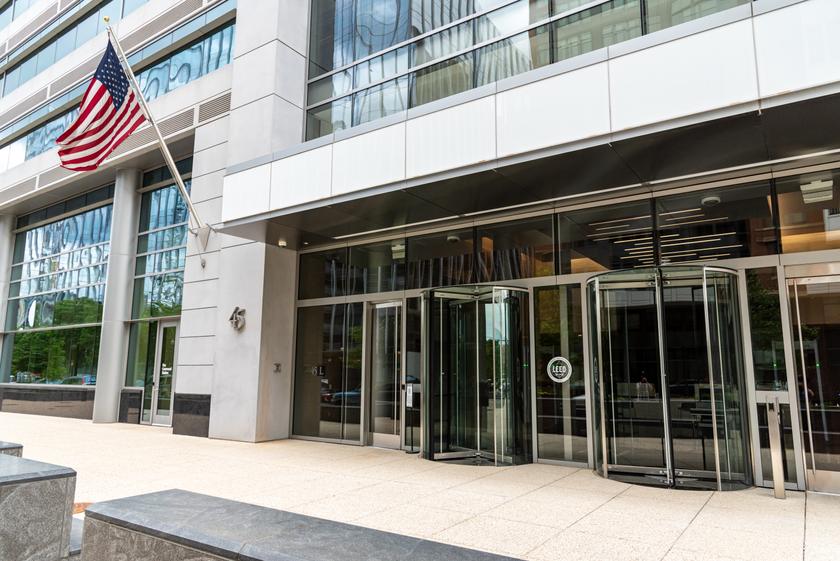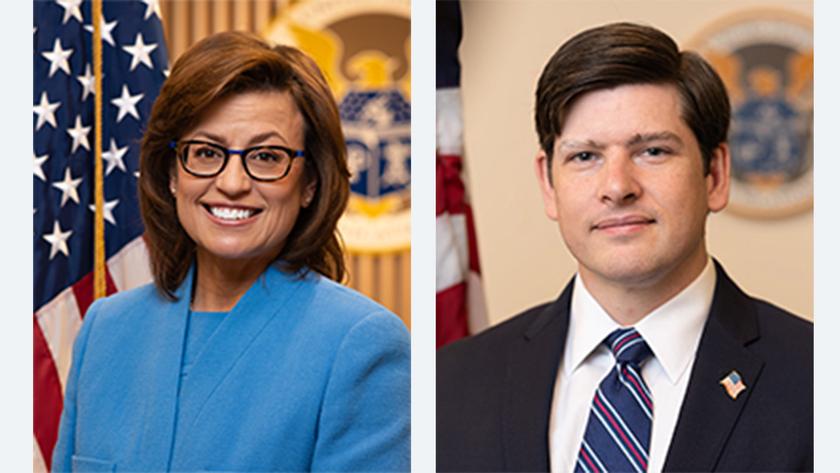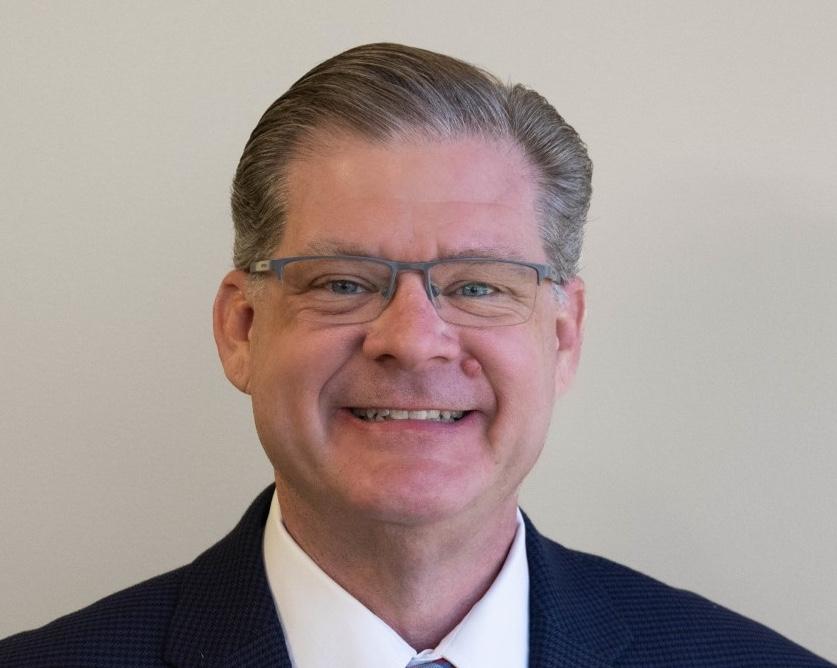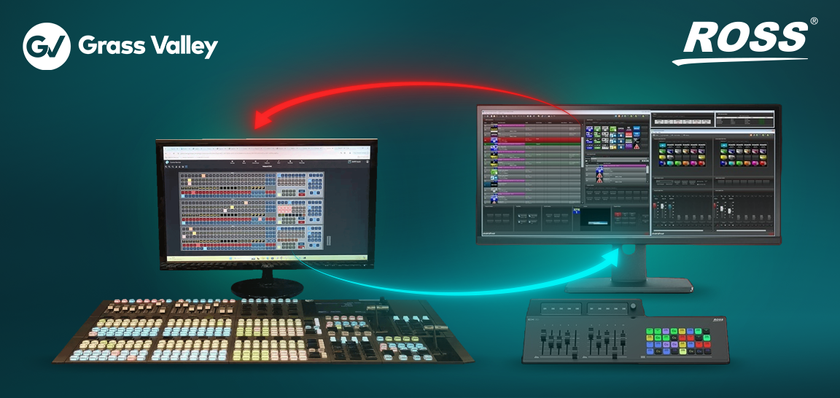Election Coverage Plans Shift as Broadcasters Grapple With Pandemic
Broadcasters discuss how COVID-19 is affecting plans during a News Tech Summit panel
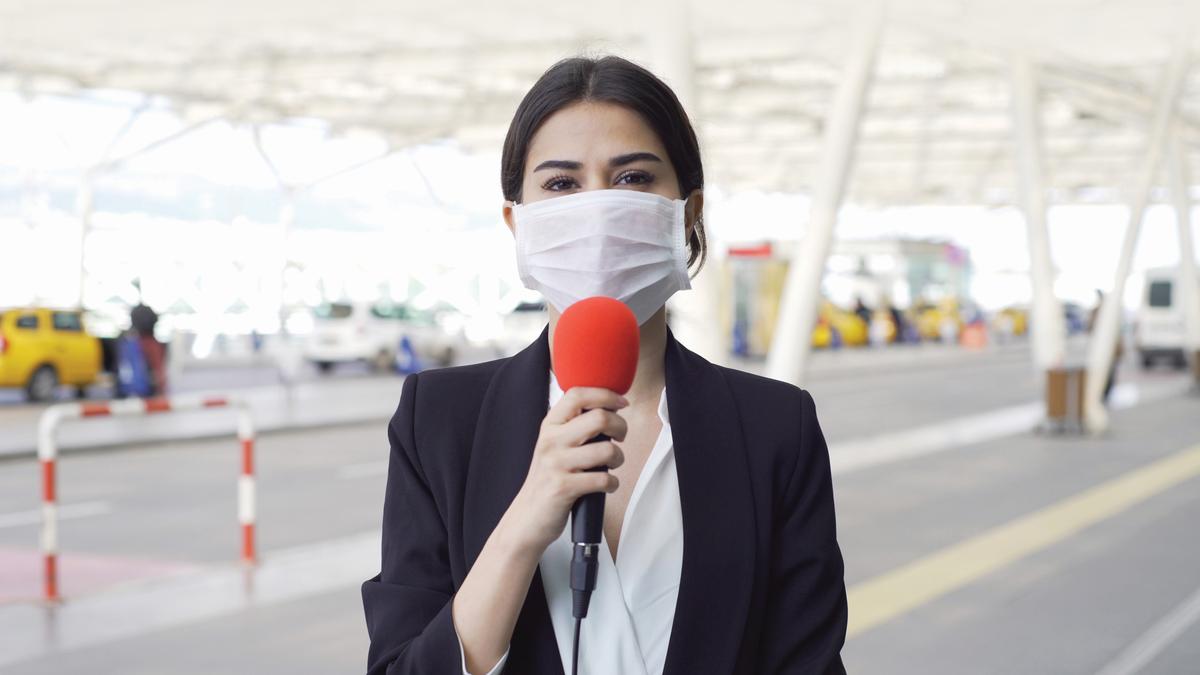
LEAWOOD, Kan.—As the 2020 Presidential and Congressional campaigns enter the homestretch, the impact of COVID-19 on TV news organizations continues to be felt with news managers ripping up plans on how best to deploy news crews, technology and workflows, and starting over as the virus injects a wildcard into their coverage equation, even as the possibility of not knowing the winner of the Trump-Biden race Nov. 3 looms.
Those were among the major takeaways during an “Election Tech in the COVID-19 Era” panel during the News Technology Summit sponsored by TVTechnology and B+C magazines. (Full disclosure. I moderated the panel.)
PLAN, PLAN, PLAN
“We've planned about five times at this point, and I think that we're pros at planning for the upcoming election, and in saying that, I can say that we’ll probably plan it end-to-end once more before it actually happens,” said Tony Brown, chief of staff at Newsy, during the panel discussions.
Brown was joined on the panel by Susie Banikarim, executive vice president and global head of newsgathering at Vice News; Patrick McCreery, president, local media group, at Meredith Corp.; and Jorge Dighero, senior solutions architect at Vizrt.
“[Y]ou know, everything from remote production to remote sources and contribution on the night of [the election] to what we're looking at as a multinight and multiday event, where it used to be just one night, it is ultimately affecting the plans,” he said.
COVID-19 is making it difficult for Meredith stations to firm up election night planning because the major political parties aren’t sure what they are going to do, said McCreery.
“In years past, you’d have a planning meeting three months out and know where you’re going to be and where your crews are going to be,” he said. However, McCreery predicted that there will be a lot of last-minute decisions made about whether or not to hold election night rallies and parties.
Get the TV Tech Newsletter
The professional video industry's #1 source for news, trends and product and tech information. Sign up below.
“I think in a lot of situations, we're looking at the use of pool [cameras] within our various cities, put a pool camera at certain places and share the video and minimize [COVID-19] exposure that way,” he said, adding that “this view here [referencing the Zoom meeting used for the panel] will be used heavily on election night.”
COVID-19 is affecting coverage from the campaign trail, too, said Banikarim. Likening the situation to “an incredible jigsaw puzzle,” she explains that the virus has made it far more difficult to assign news crews because an entirely new set of factors beyond the newsworthiness of a campaign story have come into play.
“[If a crew goes into the field,] how long do they have to quarantine? How will you quarantine them? Do they have people at home? Do they need to be put some place else?” she asked, illustrating the new challenges.
MAINTAINING WORKFLOWS
The COVID-19 pandemic has prompted many broadcasters to reduce to a bare minimum the number of staff working in newsrooms, production control rooms and even on the news set in an effort to keep employees safe and healthy. Doing so, however, has created serious workflow challenges, said Dighero.
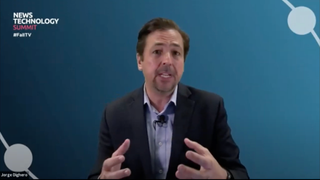
“What this proves is that software is the absolute key, the absolute answer here because software can be deployed on-prem and remotely accessed,” he said. However, problems with computers on premise in newsrooms locked down during the outbreak underscore the importance of cloud computing to maintaining news workflows.
“All of our customers [have] been focused solely on how we can do a complete transition to the cloud,” said Dighero.
While they won’t scrap their newsroom technology and workflows anytime soon, broadcasters are looking to a cloud-based future achieved incrementally to protect them from future circumstances that might limit newsroom access, he added, noting that cloud pricing and connectivity will only continue to improve with time.
PLUS: 2020 Campaign: A News Cycle Unlike Any Other
Since the outbreak of COVID-19, all three broadcasters on the panel said their news organizations have taken steps to reduce staff working at their facilities to promote safety. However, election night—or an extended number of days while results are tallied—will see a return to a more normal workflow.
“To be live, the way we would need to be for that full week, we are going to start to put some people back in the building,” said Banikarim. “We’re going to fire up a live control room. ... [T]he risk of being live in a fully remote way feels too great, right?”
Newsy, too, went fully remote when the pandemic hit. “We have not done a show out of the studio or… physically out of a control room since March,” said Brown. But because of the logistics involved in election night, Newsy news personnel will return.
Office space vacated by non-news personnel during the pandemic will help. “What we’ve ended up doing is actually just spreading pieces of the control room around our larger floor,” he said. Directors and producers will have their own socially distanced “pods” and connect to one another via intercom rather than sitting at the same desk and risk exposing one another to the virus.
Control room automation also has helped to reduce the number of people who need to be involved in producing election coverage, Brown added.
At the height of the pandemic, Meredith got down to about 20% of its employees working from its facilities, said McCreery. That figure has grown steadily, and today about half of the station group’s workforce on any given shift is working from their stations.
“We do have producers and directors in the control rooms, you know,” said McCreery. However, Meredith has erected Plexiglas dividers and taken other safety measures to reduce the likelihood of transmission.
“I think the reality of this pandemic now is not about what happens if you get a positive; it’s what you do. When you get a positive, how do you react, and how do you continue to keep people safe on a go-forward basis and limit the amount of exposure you have?” he said.
“I feel confident that we'll be able to pull off big election coverage. I mean, we've been able to cover tornadoes and floods and wildfires and you know, 100 nights of rioting in Portland. So, I feel like we're well-positioned to be able to handle it,” he said.
All News Technology Summit virtual sessions and keynotes are available on-demand at the summit’s registration page.
Phil Kurz is a contributing editor to TV Tech. He has written about TV and video technology for more than 30 years and served as editor of three leading industry magazines. He earned a Bachelor of Journalism and a Master’s Degree in Journalism from the University of Missouri-Columbia School of Journalism.


